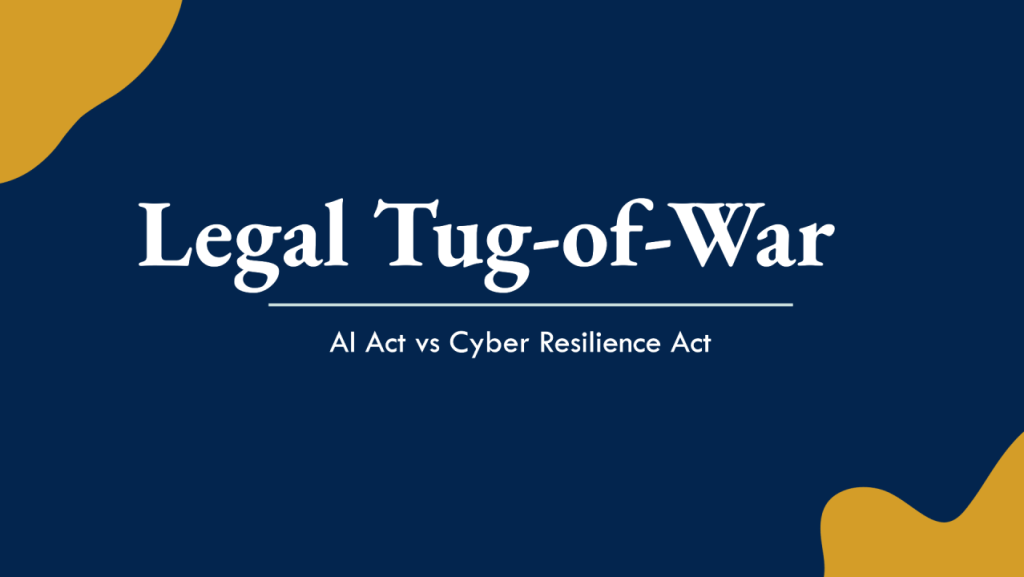
The Dilemma: Innovation vs Security
Picture this: A massive cyberattack threatens to cripple power grids. An AI-powered system detects the breach in seconds, preventing widespread chaos and saving millions. Now imagine this same AI being hijacked by malicious actors. Suddenly, the very system designed to protect becomes a weapon of destruction.
This scenario underscores a crucial question: where do we draw the line between leveraging AI for good and mitigating its risks? As artificial intelligence continues reshaping cybersecurity, it raises critical ethical and legal challenges. AI can enhance resilience against cyber threats and serve as a double-edged sword, enabling sophisticated attacks.
Building a resilient digital ecosystem requires integrating AI ethics with robust cybersecurity measures—a balance that global policymakers strive to achieve.
The Legal Landscape: AI Act vs Cyber Resilience Act
The European Union is leading the charge with two groundbreaking regulations:
- The AI Act: Focuses on ensuring the ethical and responsible use of AI in digital products.
- The Cyber Resilience Act: Prioritizes strengthening cybersecurity to prevent breaches and bolster infrastructure.
Key Points of Tension:
- Scope and Objectives: The AI Act addresses AI’s ethical implications, while the Cyber Resilience Act emphasizes security risks and resilience. Despite their distinct goals, these regulations often overlap, creating a complex legal framework.
- Innovation vs. Protection: Policymakers must balance fostering innovation with protecting societal interests. Harmonizing these two frameworks could lead to a more cohesive governance model.
Industry Implications: Navigating the Crossroads
Tech companies, from AI developers to cloud service providers, watch closely how these regulations evolve. Both aim to build trust in digital environments, yet their differing scopes highlight the challenge of aligning ethical AI development with cybersecurity mandates.
For example:
- The AI Act focuses on preventing the misuse of AI tools (e.g., for discrimination or manipulation).
- The Cyber Resilience Act ensures the security of systems to prevent breaches or infrastructure failures.
The interplay between these Acts underscores the need for collaboration between lawmakers, companies, and tech experts.
Looking Ahead: Bridging the Gap
How can the legal and tech communities collaborate to address this legal tug-of-war? Innovative partnerships between AI ethics advocates and cybersecurity experts could pave the way for a unified digital governance framework.
As the world becomes more interconnected, bridging the gap between AI ethics and cyber resilience is not only desirable but essential for a safer, more secure digital future.
